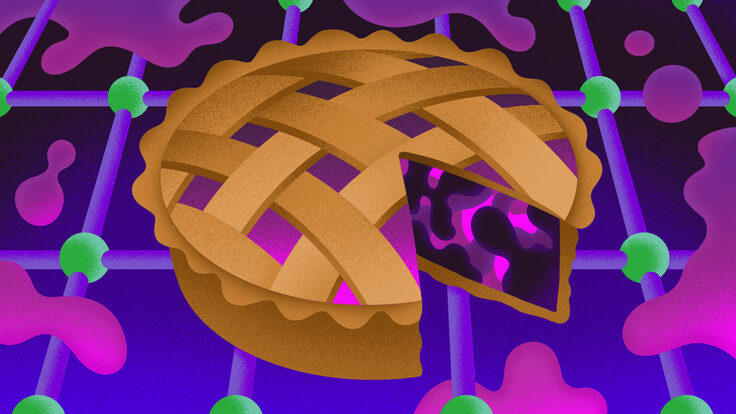 When you walk into the enormous experimental hall containing CDF, the Collider Detector at Fermilab, it looks like a child's Erector set exploded. You can’t turn your head without staring at three stories of towering metal and wire. Nearly every color assaults you: orange, blue, silver, black, yellow, green. It's massive. Vibrant. And looks, well, unfinished.
When you walk into the enormous experimental hall containing CDF, the Collider Detector at Fermilab, it looks like a child's Erector set exploded. You can’t turn your head without staring at three stories of towering metal and wire. Nearly every color assaults you: orange, blue, silver, black, yellow, green. It's massive. Vibrant. And looks, well, unfinished.
"The first thing that crosses my mind is, this thing can’t possibly work," says Rob Roser, co-spokesman of the ![]() experiment, on one of a series of short videos the collaboration launched this month. "The easiest way to describe the collision hall is 20 pounds of stuff in a 10 pound bag."
experiment, on one of a series of short videos the collaboration launched this month. "The easiest way to describe the collision hall is 20 pounds of stuff in a 10 pound bag."
The videos and a new Web site, which hosts a glossary of physics terms and detector diagrams, offers those without PhDs a rare look at life in the United States' largest high-energy particle physics laboratory. You get an insider's view of cutting-edge research without the costly tuition bill.
The videos offer short glimpses into the fun. and often cramped, life of a physicist in easy-to-understand terms combined with attention-grabbing visual aids.
In video interviews, CDF physicists describe typical work days on an international collaboration, how discoveries occur and why physicists often shy away from everyday terminology in favor of more specific scientific language.
And, of course, the Web site does explain how no matter what it looks like, CDF does work, and produces data rarely seen anywhere else.
Take the virtual tour here.






